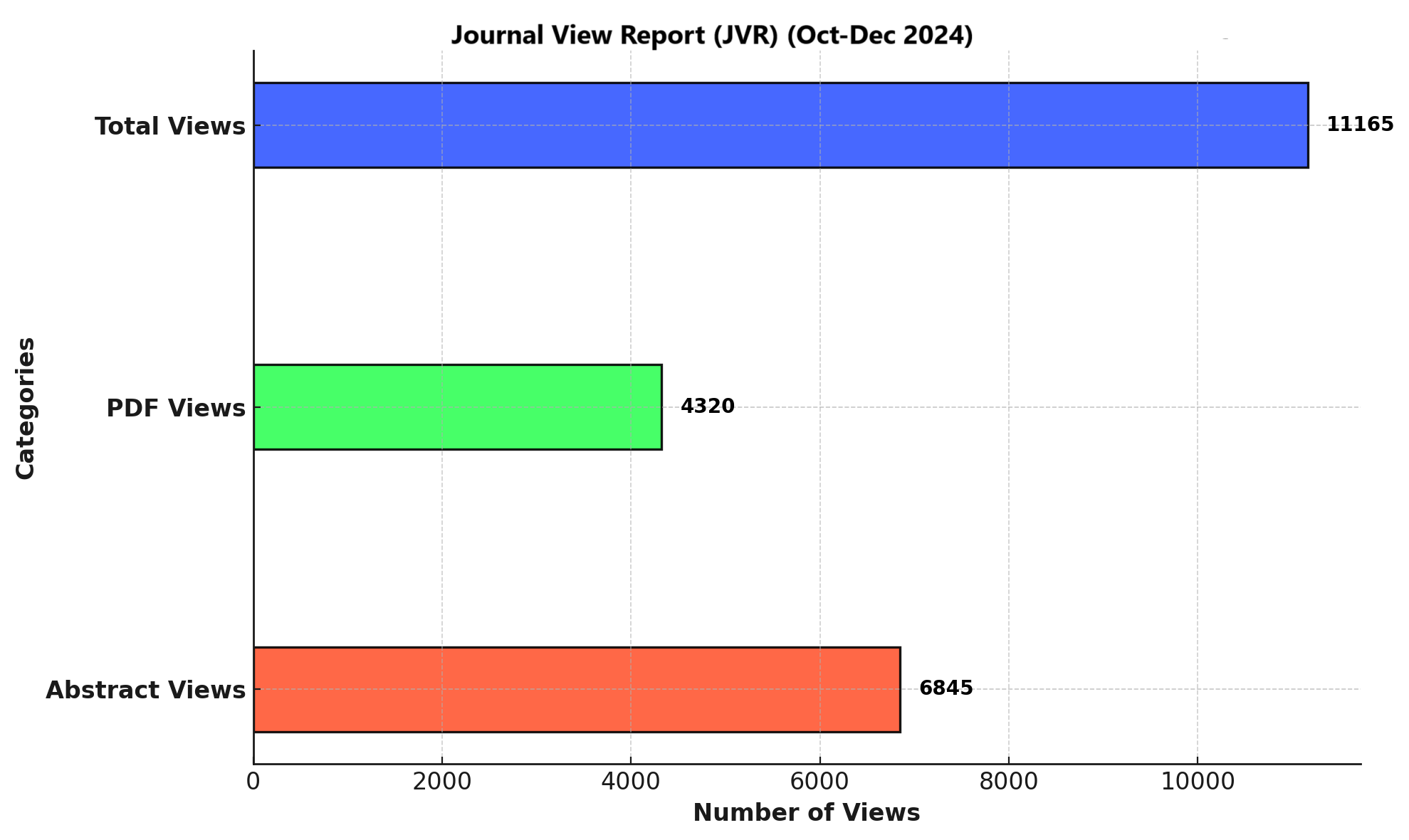WEDGE STRETCHING OF HAMSTRING IN DIPLEGIC CEREBRAL PALSY
DOI:
https://doi.org/10.71000/hyvhd220Keywords:
Cerebral palsy, Diplegia, Hamstring, Knee function, Range of motion, Spasticity, StretchingAbstract
Background: Hamstring tightness in diplegic cerebral palsy significantly impacts mobility, leading to difficulties in walking and posture control. Spasticity-induced contractures restrict knee extension, exacerbating movement limitations. Various physiotherapeutic interventions aim to improve muscle flexibility and functional mobility. Wedge stretching is a promising technique designed to facilitate prolonged hamstring elongation, reduce spasticity, and enhance range of motion (ROM). This study assesses the efficacy of sustained hamstring stretching using wedge standing in improving knee function in children with diplegic cerebral palsy.
Objective: To evaluate the effect of sustained hamstring stretching on wedge standing for hamstring contractures and knee ROM in children with diplegic cerebral palsy.
Methods: A quasi-experimental study was conducted on 57 diplegic spastic cerebral palsy patients at the Pakistan Society for Rehabilitation of Disabled, Lahore. Participants were selected through non-probability convenience sampling. Inclusion criteria comprised children aged 3–8 years, classified as GMFCS Level III, with grade III spasticity on the Modified Ashworth Scale. Patients with uncontrolled seizures, significant visual impairments, or other forms of cerebral palsy were excluded. The Knee Orthopedic Score was used for assessment. The intervention involved wedge stretching three times per week for 20 minutes per session over the study duration (March to October 2024). Pre- and post-intervention scores were analyzed using SPSS version 22.
Results: Pre-intervention, 77.2% of patients were classified as having poor knee function, while 13% had good function. None of the patients scored in the fair or excellent categories. Post-intervention, 17.5% of patients remained in the poor category, 15.8% improved to fair, 12.3% reached good, and 54.4% achieved excellent knee function. Pain-free patients increased from 0% to 14%, while moderate continual pain was eliminated. Knee flexion contractures in the 50-100° range increased from 10.6% to 54.3%, and extension lag improved significantly, with 66.7% achieving <100° lag compared to 22.8% pre-intervention. A statistically significant improvement in knee function was observed (p = 0.000).
Conclusion: Wedge stretching is an effective intervention for improving knee function, reducing pain, and enhancing range of motion in children with diplegic cerebral palsy. The statistically significant improvements in knee extension highlight its potential as a complementary physiotherapeutic approach for spasticity management.
Downloads
Published
Issue
Section
License
Copyright (c) 2025 Ghousia Iftikhar, Nayab Naveed , Syed Saqlain Babar, Zarish Younas, Samia Khaliq, Tasmiah Manzoor, Muhammad Shoaib (Author)

This work is licensed under a Creative Commons Attribution-NonCommercial-NoDerivatives 4.0 International License.







